Freight And Parcel Shipping
HOW TO PACKAGE FREIGHT
You never know the journey that your freight will endure while it’s in transit. That’s why you should package your shipment thoroughly so that it’s prepared for any bump in the road, including snowstorms or rainstorms that may cause items in the trailer to shift.

BOX
While this option is not the most secure, it does add a bit of protection. Be sure to fill the box with packing peanuts and wrap your item in bubble wrap for maximum protection.
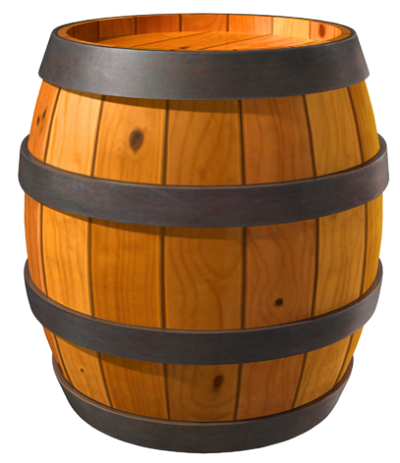
DRUMS
A good option for liquids or hazardous materials.
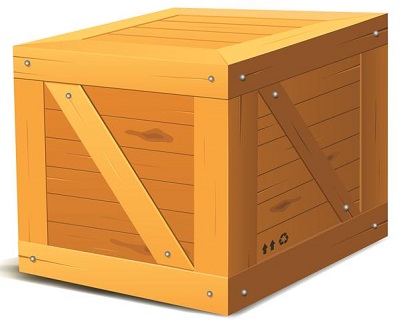
CRATE
It’s more protective than a pallet, as long as you stuff the crate with materials so the item does not move around. Use packing peanuts or stuffed up newspaper for this.
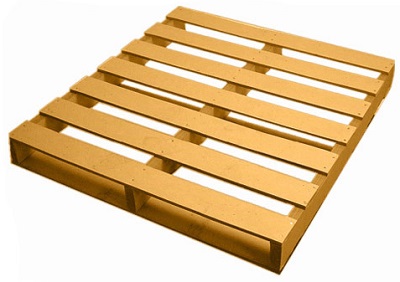
PALLET
If you have several items or boxes to ship, you can stack them all on one pallet and shrink wrap the entire pallet to ensure the boxes are securely fastened to the pallet. Avoid placing freight beyond the edge of the pallet.
If you’re choosing to not package your freight in any way, we encourage you to do so at your own risk as many carriers will not even accept an unpackaged shipment.
HOW TO MEASURE FREIGHT
Some carriers go by weight, and some carriers go by something called density weight. The difference between the two is that density weight takes other dimensions into account
For Example
50 pounds of rocks and 50 pounds of feathers both weigh 50 pounds – right? But, 50 pounds of rocks take up much less space, and are much denser than 50 pounds of feathers.
- The lower the freight class, the less expensive it is to ship.
- The less likely it is to get damaged during transit, the lower the freight class.
- The denser something is, the less likely it is to get damaged in transit.
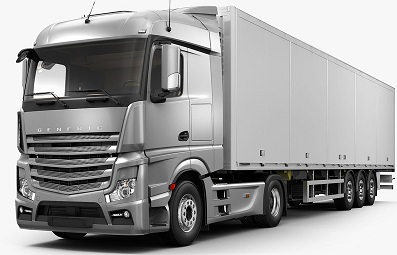
When measuring your freight shipment, be sure to inquire whether the carrier you chose goes by weight or density weight. This will make all the difference. Once you start to gather dimensions, be sure to include all pallets, shipping materials, crates, etc., in your dimension measurements. Every inch and pound counts. You’ll need to measure your length, width, height, and weight. Keep in mind, the scale you use to track your weight loss progress may not be the most accurate tool of measurement for your freight shipment. Stick to professional scales only, please!
HOW TO PACKAGE PARCEL
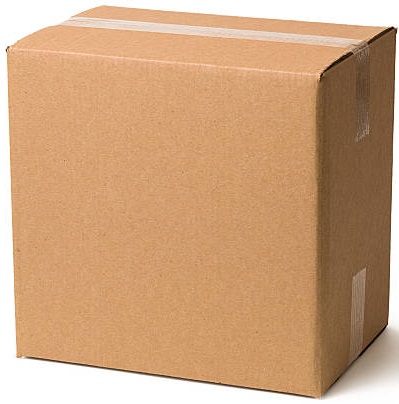
A good test to ensure your parcel is packaged securely is to make sure you would feel comfortable dropping it off the kitchen table. Think it would survive the fall? Then, you’ve probably done a thorough job securing it. 5 quick, easy steps to packaging parcel: - Find a box that is big enough for both your item and a sufficient amount of packing materials. - Wrap your item in bubble wrap - Place the bubble wrapped item in the box - Fill the box with packing peanuts - Seal the box with heavy duty tape
HOW TO MEASURE PARCEL
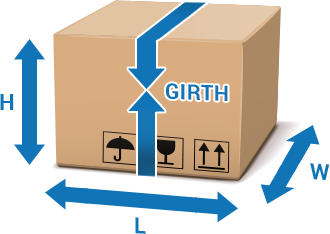
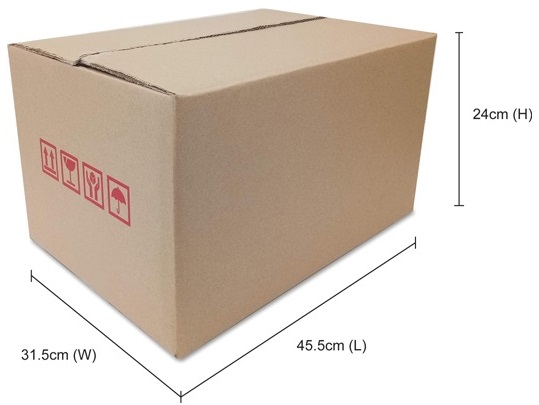
Measuring parcel is nothing more than 30 seconds of 4th grade math. It’s easy stuff.
All you need to know is that your parcel must weigh less than 150 pounds, be less than 108 inches in length, and measure less than 165 inches in dimension (we’ll get to that in a second).
How to calculate parcel dimension:
Parcel dimension = Length + Girth Combined
- Measure the length, width, and height of your parcel (in inches).
- Add together the dimensions of the two smallest measurements (typically the width and height). Multiply the answer by two. This is your girth measurement.
- Take the measurement of the length and add it to the girth.
MODES OF TRANSPORTATION
There are many modes of transportation for freight, all which cater to a different need you may have. Some methods are more suitable for a budget, while others are more suitable for a time-sensitive shipment.
- Ocean: a cheap and simple alternative to road shipping if it is logistically possible. Shippers should keep in mind that ocean transportation is time consuming and not for time sensitive shipments.
- Air: a pricey but fast option if you need to accommodate a deadline. Delays are common due to weather conditions playing a large role in productivity.
- Rail: a cost effective option that is easily accessible and not typically affected by most weather conditions. This mode is mostly used for large and heavy loads.
- Road: otherwise known as LTL shipping. This is an inexpensive and readily available option for both residential shipping and small businesses

